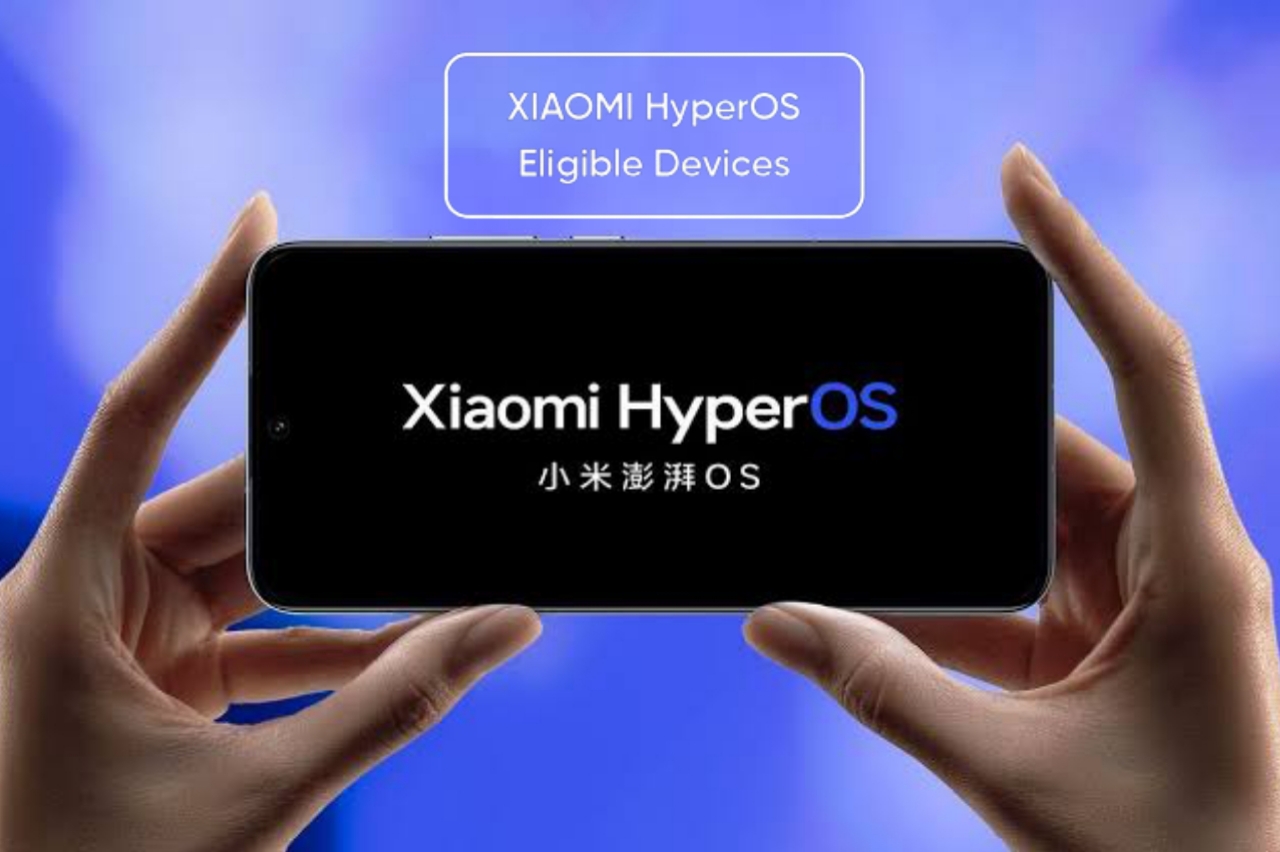Highlights
- HyperOS launches on Xiaomi 14 series, with China and global rollouts soon.
- Compatibility spans Xiaomi phones, tablets, and smart TVs.
- Versatile OS supports 64KB to 24GB RAM across devices.
- HyperOS includes advanced AI features and enhanced security.
Xiaomi has officially announced its brand new HyperOS, a unified operating system designed to function across smartphones, IoT devices, and even cars.
Launched alongside the Xiaomi 14 series in China, the OS aims to enhance the efficiency and performance of compatible devices.
Here’s a closer look at its features, eligible devices, and rollout timeline.
HyperOS: At A Glance
- Based on Linux and Xiaomi Vela: HyperOS is a lightweight OS that leverages the power of Linux and Xiaomi’s self-developed, open-source Vela based on the NuttX real-time OS.
- Resource Management: Designed to work with a wide range of device configurations, HyperOS enhances overall device performance.
- AI Capabilities: Known as HyperMind, this AI-driven feature enables devices to adapt according to user patterns and habits.
- Enhanced Security: Xiaomi’s self-made TEE security model provides end-to-end encryption and enhanced privacy.
Rollout Schedule and Compatible Devices

Starting with the Xiaomi 14 and Xiaomi 14 Pro, HyperOS is making its debut in China and is set for expansion to a broader range of devices by December 2023.
The international launch is anticipated for the first quarter of 2024.
Below are the devices slated to receive this operating system:
- Xiaomi Mix 2 and Xiaomi Mix 3
- Xiaomi Pad 6 Max, Xiaomi Pad 6, and Xiaomi Pad 6 Pro
- Redmi K60 Extreme Edition, Redmi K60, and Redmi K60 Pro
- Xiaomi Smart Camera 3 Pro PTZ and Xiaomi Sound Speaker
- Xiaomi 13, Xiaomi 13 Pro, and Xiaomi 13 Ultra
- Xiaomi Watch S3
- Xiaomi 14 and Xiaomi 14 Pro
- Xiaomi TV S Pro in three sizes: 85-inch, 75-inch, and 65-inch.
Performance and Efficiency

HyperOS occupies only 8.75GB of system storage and supports a RAM range between 64KB and 24GB.
Its resource management system allows for optimal performance, even on varying device configurations.
Dynamic thread priority adjustment and task cycle evaluation further ensure smooth performance and energy efficiency.
Network and Multitasking
Xiaomi is also touting better network performance and multitasking capabilities, thanks to enhancements in visual effects rendering and the introduction of the MiSans global font system.
Graphics and AI
HyperOS also promises a stable frame rate and lower power consumption for graphic-intensive applications.
AI capabilities in HyperMind will offer user-centric enhancements, and the large foundation models for Xiaomi AI Assistant support text generation, real-time subtitles, and more.
Connectivity and Control
The new Xiaomi interface aims to be a unified solution for connected devices, with an integrated device center making it easier to control and monitor any connected device.
Security
Integrated into HyperOS is a self-made TEE security model that is said to provide robust security features, including end-to-end encryption for data transmission between devices.
FAQs
What is HyperOS and what makes it different?
HyperOS is Xiaomi’s newly announced operating system, designed to be lightweight yet versatile. Built on Linux and Xiaomi’s own Vela system, it aims to provide improved performance and efficiency across a range of devices, including smartphones, IoT gadgets, and even cars.
Which devices will support HyperOS?
The OS will be available initially on the Xiaomi 14 and Xiaomi 14 Pro. A broader rollout is planned to include Xiaomi 13 series, Redmi K60 series, Xiaomi Mix models, and various other Xiaomi tablets, TVs, and smart devices.
When will HyperOS be available globally?
After its initial launch in China in December 2023, a global rollout for HyperOS is scheduled to begin in the first quarter of 2024.
How does HyperOS improve device performance?
HyperOS comes with advanced resource management capabilities, allowing for smooth performance and better power efficiency. It also integrates AI-based features for personalized usage patterns, which can lead to further enhancements in device efficiency.
